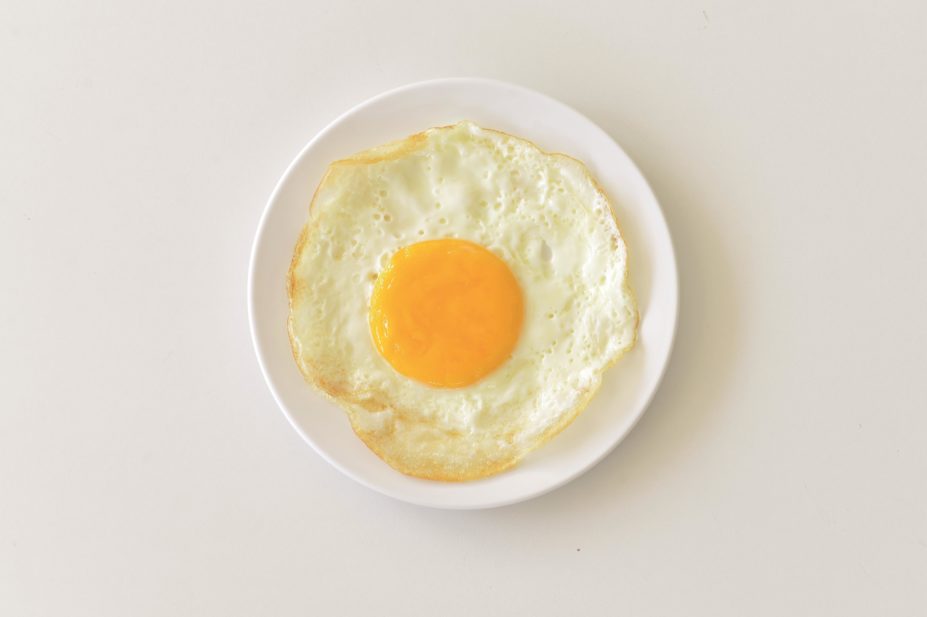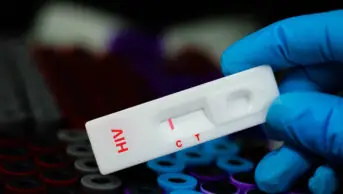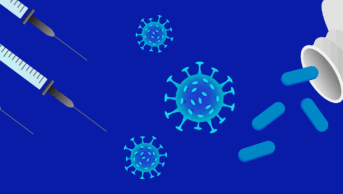
Shutterstock.com
Bioplastics, also called biobased polymers, are plastics which have been produced from renewable biomass sources such as vegetable oils and fats, starches, cellulose or by the action of microorganisms. The search for such materials has intensified with our determination to move away from plastics derived from fossil-based resources such as petroleum and the need to find more fully biodegradable plastics, a characteristic that does not apply to all of the bioplastics in use so far.
The environmental impact of bioplastics is complicated by the fact that many different types exist, each with different environmental strengths and weaknesses with regards to water use, energy use, deforestation and biodegradation. Some, like bio-derived polyethylene, do not biodegrade but can be recycled.
Bioplastics are used in a huge range of applications. Some are disposable items such as food packaging, utensils, bags and blister foils. Non-disposable uses include plastic piping, insulation, carpet fibres and mobile phone casings. Medical implants which can dissolve in the body have been made using polylacticacid (PLA) produced from corn or dextrose.
A study recently published in the online version of the Journal of Applied Polymer Science noted that some of the hospital admissions in the United States that resulted in hospital-acquired infections may have been caused by using traditional plastic food packaging. The researchers set out to develop forms of film packaging with antibacterial properties. They chose the proteins albumin, soy and whey to produce bioplastics for such applications since they have already been used in the area of edible films and in low-stress applications. The study looked at the thermal, viscoelastic and antibacterial properties of the three proteins used with three different plasticisers – water, glycerol and natural rubber latex. The antibacterial analysis utilised Bacillus subtilis and Escherichia coli as Gram positive and Gram negative species, respectively.
While albumin and whey bioplastics exhibited similar thermal and viscoelastic properties, soy bioplastics were found to have varied viscoelastic properties depending on the plasticizer used. The albumin-glycerol and whey-glycerol combination bioplastics performed best in terms of antibacterial activity and they were also found to be fully biodegradable. The researchers claimed that they would break down in landfill in at most two months. In particular, albumin, a protein found in egg whites, demonstrated tremendous antibacterial properties when blended with a traditional plasticizer such as glycerol. According to the researchers, “it was found that it had complete inhibition, as in no bacteria would grow on the plastic once applied”.
In addition to the potential use of such protein-based bioplastics for safer food packaging, the researchers suggest that their work could also lead to the use of the material in medical applications such as wound healing dressings, sutures and catheter tubes.


